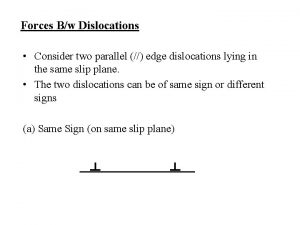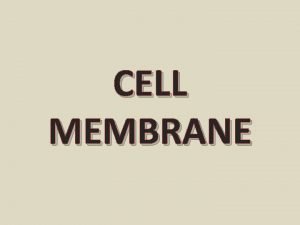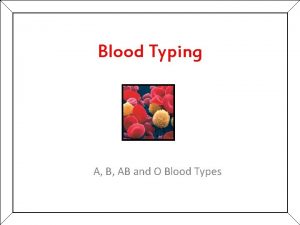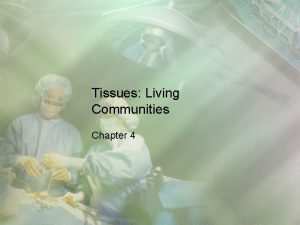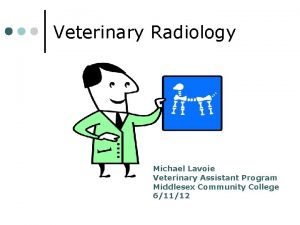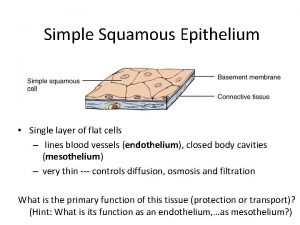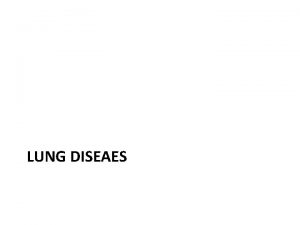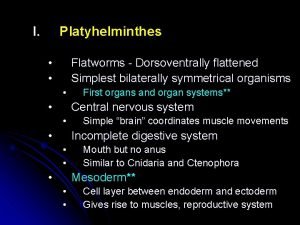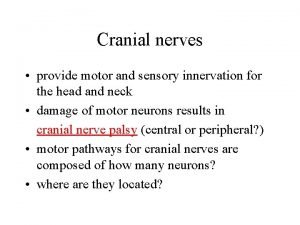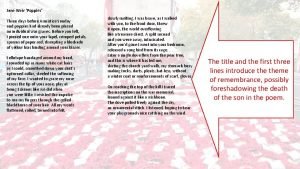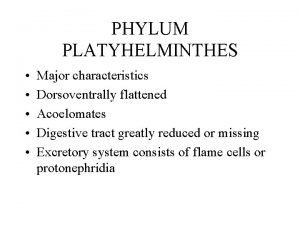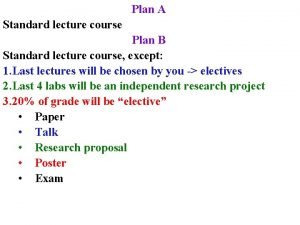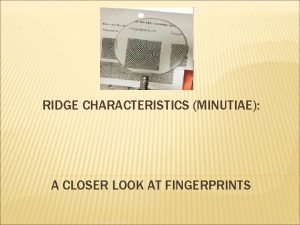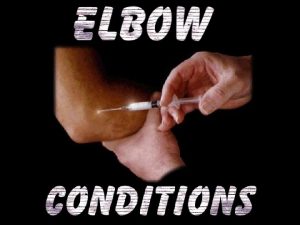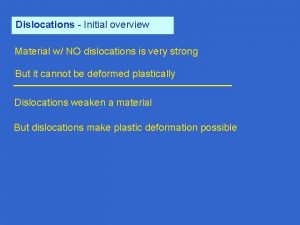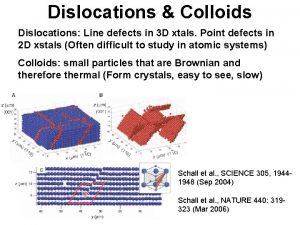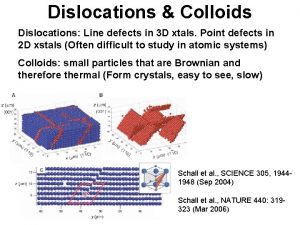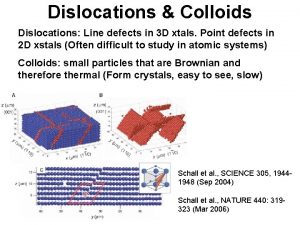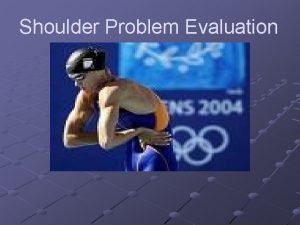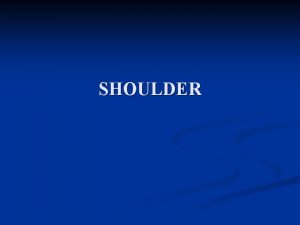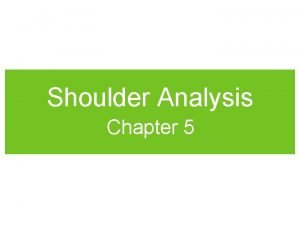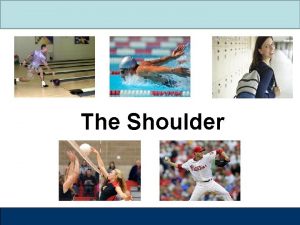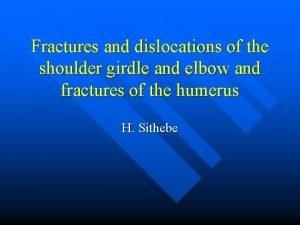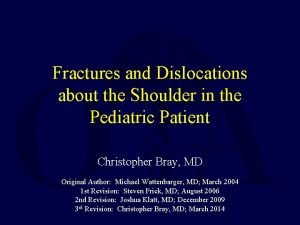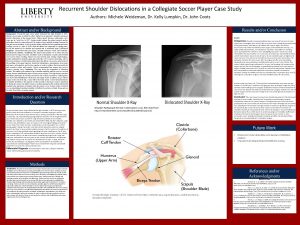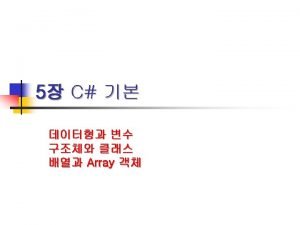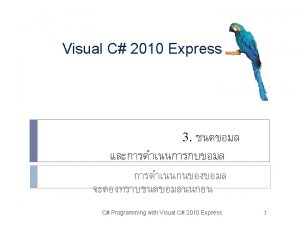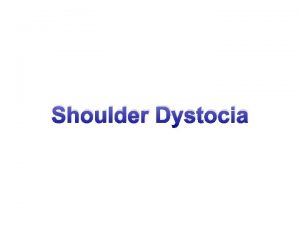Shoulder Shoulder Shoulder Dislocations Most common type flattened









































- Slides: 41






Shoulder

Shoulder

Shoulder Dislocations • • Most common type flattened deltoid, prominent humeral head in axilla arm carried in slight abduction and external rotation moderate pain and disability





Anatomy of the Shoulder Rotator Cuff

Rotator Cuff Origin: supraspinous fossa of scapula Insertion: greater tubercle of humerus Action: assists deltoid muscle in abducting arm at shoulder joint, Initiates the first 30 -60 degrees of abduction at which point the deltoid takes over Origin: subscapular fossa of scapula Insertion: lesser tubercle of humerus Action: medially rotates arm at shoulder joint Origin: Infraspinous fossa of scapula Insertion: greater tubercle of humerus Action: laterally rotates and adducts arm at shoulder joint Origin: Inferior lateral border of scapula Insertion: greater tubercle of humerus Action: laterally rotates, extends, and adducts arm at shoulder joint




• Flexibility – Codman’s pendulum exercises – Progress to active assisted ROM in pain free – Should be performed in rotator cuff and scapula strengthening exercises


• Strengthening Exercises



Elbow


Elbow Dislocation • Typically results from hyperextension, trochlea levered over coronoid process • Most common direction is posterolateral • Involve injury to most ligament structures, and potential for injury to neurovascular structures

• Signs and Symptoms – Swelling, severe pain, disability – Median and radial nerves may be compromised – Blood vessels may be compromised – Often a radial head fracture is involved



Kendall’s Test tests for rectus femoris tightness

Thomas Test for hip flexor contractures

Test for Hip and Sacroiliac Joint • Patrick Test (FABER) – Detects pathological conditions of the hip and SI joint – Pain may be felt in the hip or SI joint

• Gaenslen’s Test – Test works to push SI joint into extension – Test is positive if hyperextension on affected side increases pain

Testing the Tensor Fasciae Latae and Iliotibial Band • Renne’s test – Athlete stands w/ knee bent at 30 40 degrees – Positive response of TFL tightness occurs when pain is felt at lateral femoral condyle

• Ober’s Test – Used to determine presence of contracted TFL or ITband – Thigh will remain in abducted position, not falling into adduction

Trendelenburg’s Test - Iliac crest on unaffected side should be higher when standing on one leg - Test is positive when affected side is higher indicating weak abductors (glut medius) positive

• Piriformis Test – Hip is internally rotated(with knee flexion) – Tightness or pain is indicative of piriformis tightness


Dislocation of the Patella • Patella usually dislocates to lateral side • May reduce spontaneously during splinting 38

Patellar Dislocation/Subluxation

Patellar Dislocation/Subluxation • Pathology • Lateral deviation of patella • Tearing of the medial retinaculum • Trauma to joint surfaces • Signs and Symptoms • Pain • Deformity • When you see it, you will know it

 Ober test
Ober test Dislocations in crystals
Dislocations in crystals Consider two edge dislocations of opposite sign
Consider two edge dislocations of opposite sign Small, rounded white puffs. isolated or in long rows.
Small, rounded white puffs. isolated or in long rows. What does structure fits function mean
What does structure fits function mean Most common blood type for caucasian
Most common blood type for caucasian What is the most common type of cartilage in the body
What is the most common type of cartilage in the body Which is the most common type of precipitation?
Which is the most common type of precipitation? Synthetic fiber definition forensics
Synthetic fiber definition forensics The most common type of bullying
The most common type of bullying Veterinary radiology middlesex county
Veterinary radiology middlesex county Stratified squamous epithelium
Stratified squamous epithelium Flattened diaphragm
Flattened diaphragm Platyhelminthes
Platyhelminthes Flattened nasolabial fold
Flattened nasolabial fold Three days before armistice sunday
Three days before armistice sunday Class monogenea
Class monogenea 20-50 rows of flattened cells
20-50 rows of flattened cells Plant cells
Plant cells Pseudostratified vs simple columnar
Pseudostratified vs simple columnar What is the greatest common factor of 18, 36, and 90?
What is the greatest common factor of 18, 36, and 90? Common anode and common cathode
Common anode and common cathode Factors of 60 and 72
Factors of 60 and 72 What are the factors for 54
What are the factors for 54 Gcf of 72 and 90
Gcf of 72 and 90 Highest common factors and lowest common multiples
Highest common factors and lowest common multiples Most common pay periods
Most common pay periods Most common site of urethral injury
Most common site of urethral injury Data input in gis
Data input in gis The most dangerous game quiz
The most dangerous game quiz Routine message
Routine message The most common form of securing channels is through.
The most common form of securing channels is through. Party wall appearance seen in
Party wall appearance seen in 12 ridge characteristics of fingerprints
12 ridge characteristics of fingerprints Periodic table of elements families
Periodic table of elements families Most common site of ureteric injury during hysterectomy
Most common site of ureteric injury during hysterectomy Give 9 most common parts of a securement system
Give 9 most common parts of a securement system Most common ridge characteristics
Most common ridge characteristics Bandanas gang colors
Bandanas gang colors Most common prefixes suffixes and root words
Most common prefixes suffixes and root words Primary amenorrhea causes
Primary amenorrhea causes What is the most common and powerful agent of erosion?
What is the most common and powerful agent of erosion?


